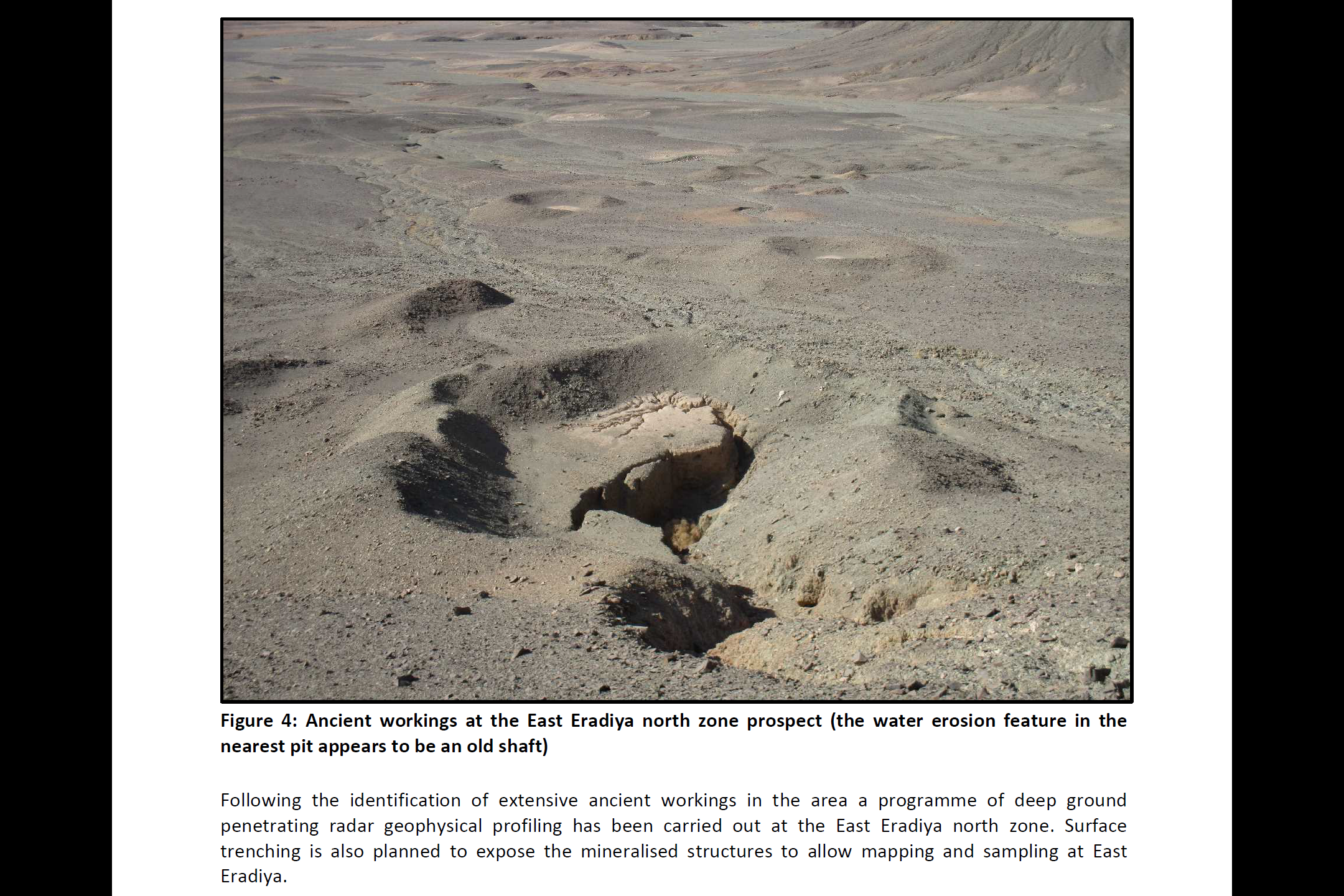In a news release today, Aton Resources (TSXV:AAN) made a prompt and fulsome disclosure of 2 sampling programs that other junior mining companies might never mention in a press release. Full tables of assays and rock sample descriptions may seem like boring, technical information to some that focus on the headlines, but they are essential. Kudos to Aton for the continuous and comprehensive disclosure.
And don't think that this kind of disclosure is insignificant. I can just imagine someone new to the story reading the new results from Massaghat and thinking, "Why are you wasting your time there?" If anyone has that impression, then I'd hope they read carefully enough to see mention of a 2-meter sample from 2012 that ran 470 g/t gold. Don't give up yet, Aton!
One new geological idea mentioned in the news release was that Bohlog and Abu Gaharish might be genetically related. That is very exciting to me because the genetic model of this district is just fascinating with Reduced Intrusion Related, VMS, and epithermal trends all smashed together into a "Geological Disneyland," as CEO Mark Campbell lovingly refers to it.
Bohlog and Abu Gaharish are dozens of kilometers apart, but they share several important features. Both are "close to the margin of a later granite intrusion, a distinctive Au-W-Pb-Cu metallogenic signature, and strong structural controls". I will be watching for mention of remobilization of mineralization in future news releases caused by the younger granites, but will settle for the extensive set of results that are pending from Bohlog. Assays from surface samples at new zone of ancient workings, follow-up chip samples at another zone, and 7 machine-dug trenches to test 2 zones are all still pending from Bohlog!
Aton also reported today that sampling programs now complete at Sir Bakis, Abu Gaharish, and Waayrah. Results will be reported shortly along with final report from deep ground penetrating radar geophysical survey over Waayrah, Miranda VMS, Abu Gaharish, Sir Bakis, Semna, Bohlog and East Eradiya prospects. Compelling exploration upside.
Those familiar with story know that it all hangs on the commerciality of the Hamama West deposit. Good news, the met tests on samples of oxide and transitional material are encouraging: Percolation and agglomeration testing is complete and suggest that little or no agglomeration be required. That's a pretty big deal for the heap leach and I believe it was a specific concern for someone in Vancouver last year. It's also good to hear that the field assessment and sampling of spectral targets in the Hamama area continues, as does work towards a revised resource estimate there. How about that economic study?
Mr. Campbell says a few noteworthy things in the latest news release. He starts off, "The hits just keep on coming!" and he is not wrong.
There were a couple other things that jumped out at me. One is that mining license at Hamama will last 20 years. That number didn't come up in my interview with him after the announcement of the acceleration of the timeline to commerciality, but it is a very important number. The other thing was that Aton has made an " amazing discovery of previously unreported extensive underground ancient workings at East Eradiya". Now, that is something special.
From day one, my version of the Aton story has started with the contrast between the rich history of gold mining in Egypt and the shocking lack of any mining there today. It helps that the current state of affairs can be explained with the country's focus on oil and gas -- the lack of gold mining in Egypt today is about humanity, not geology -- because that leaves the door open for mining in the future. With recent news and Aton's ability to strike a deal with the Egyptian government, I believe things are changing for the better. If so, watch out -- there could be a gold rush in Upper Egypt.
On November 21, 2017 Aton announced new discovery of "hitherto unrecognised ancient workings at East Eradiya". The press release provided a great explanation of how they missed the workings when they first inspected the place using satellite images and a site visit. I'm glad that they checked the area again because the news out today, December 4, 2017 suggests that this is something special. I suspect that this may prove to be the largest area of ancient mining at the Abu Marawat Concession. Watch out for the results of the deep ground-penetrating radar survey at East Eradiya to clarify the scale of the underground workings.

There are also assays from an ongoing trenching program at East Eradiya. Mr. Campbell noted that there may be "narrow high grade flat-lying veins" at East Eradiya, as at West Garida. I sure like the sound of that because the assays from samples at West Garida that came out in October were great.



